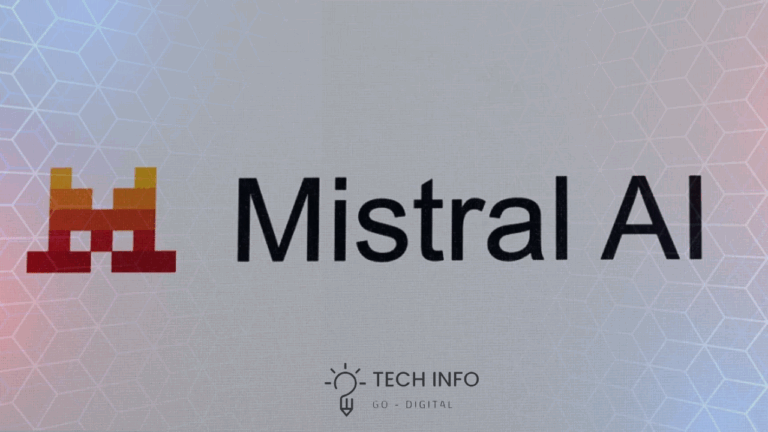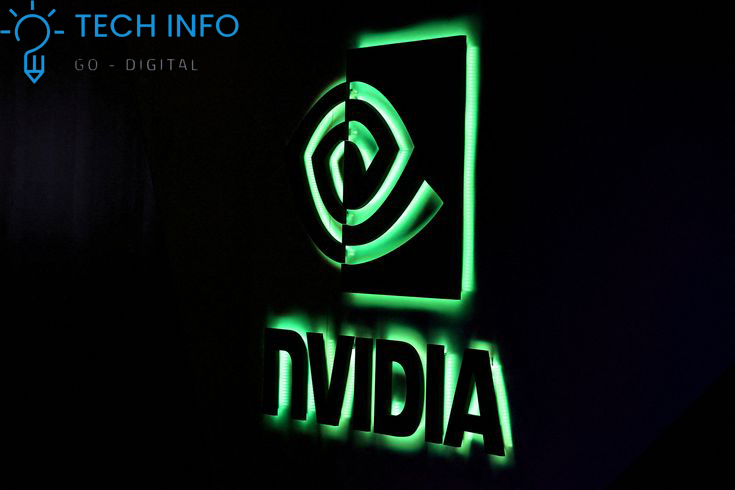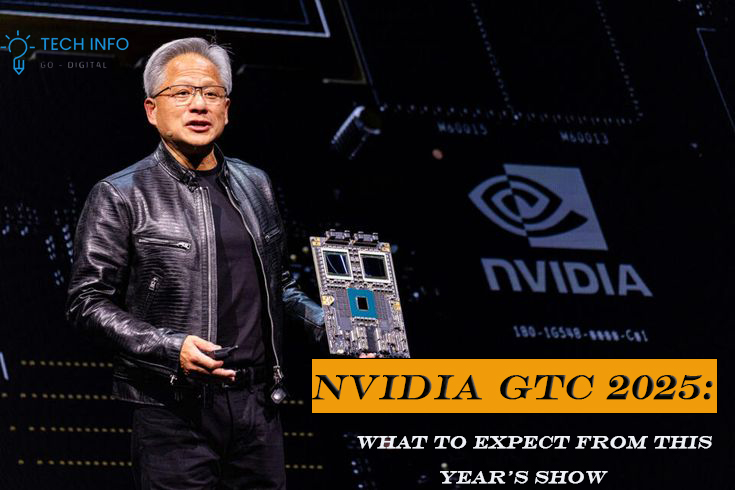Table of Contents
ToggleWhat is Mistral AI? —the OpenAI competitor

If you’ve been following the generative-AI arms race, you’ve probably heard of Mistral AI — the fast-rising French startup that’s trying to build an alternative to U.S. giants like OpenAI and Anthropic. In plain language: Mistral designs and ships powerful language models (some open-source), builds tools and an assistant product, and is betting big on Europe-first infrastructure and data-sovereignty. Here’s a clear, friendly deep dive into who they are, what they make, why investors care, and what to watch next. Mistral AI
Who founded Mistral and what’s their mission?

Mistral AI was founded in April 2023 by three AI researchers — Arthur Mensch, Guillaume Lample, and Timothée Lacroix — who previously worked at places such as DeepMind and Meta. From day one their pitch has been to deliver high-performance models that are efficient and accessible, with an emphasis on open weights and developer-friendly licensing. The company is headquartered in Paris and positions itself as a European alternative in a market dominated by U.S. players.
The models — small, smart, and open
Mistral shot to notoriety with the release of Mistral 7B (a ~7.3 billion parameter model) — a compact but high-performing LLM released under an open-source-friendly Apache 2.0 license. The model was notable because it matched or outperformed much larger models on many benchmarks, showing that clever architecture and training can beat brute-force parameter scaling. Since then, Mistral’s product line has expanded to include expert mixtures (the “Mixtral” series), specialized code models, and ongoing model updates documented in their developer docs. Their approach deliberately targets efficiency: strong results with lower inference cost.Mistral AI
Products and business direction: Le Chat, models, and cloud
Mistral isn’t just a model-research shop. They launched Le Chat, an assistant/chat product aimed at conversational use-cases and enterprise workflows. Beyond consumer chat, the company offers APIs and tooling to fine-tune, customize, and deploy assistants and agents for businesses. In 2025 they’ve doubled down on “sovereign” offerings — meaning compute, storage, and model governance built to meet European regulatory and privacy expectations. This product + cloud play lets them sell to companies and governments who worry about storing sensitive data on US-controlled infrastructure.
Big money and sky-high valuation
Investors have been pouring capital into Mistral. In 2024–2025 the company closed multiple rounds and saw interest from major VCs and strategic partners. Recent reporting in 2025 put Mistral in the neighborhood of multi-billion dollar valuations as it negotiates a large funding round that would push it into the $10–14B range — evidence that markets are treating it as one of Europe’s flagship AI champions. Those funds are being used to scale models, build data centers, and fund a European AI stack.
Strategic partnerships: Nvidia, cloud, and industrial backers
Mistral has formed high-profile industrial partnerships. Notably, it’s working with NVIDIA on Europe-based compute infrastructure (including large planned deployments of NVIDIA Blackwell/Grace-class systems) to offer low-latency hosting and sovereign AI clouds optimized for Mistral models. That joint push — celebrated by political leaders at European tech events — aims to solve both compute scarcity and data-sovereignty concerns. More recently, very large strategic investors from the chip and industrial sector have appeared in coverage as Mistral pursues even bigger funding rounds.
Why open weights matter (and why Mistral leaned in)
One of Mistral’s gambits was releasing capable models with an open license. Open weights accelerate research, bootstrap startups, and enable companies with regulatory constraints to run models on-premises. That openness also created a strong community effect: researchers benchmarking, improving, and building on Mistral’s models. But openness is a double-edged sword — it aids adoption but also makes it easier for competitors or bad actors to reuse or tweak models, which is why Mistral must balance transparency with safe deployment controls.
Tech highlights: efficiency tricks that punch above weight
Mistral’s models use architectural optimizations (like grouped-query attention and sliding-window attention variants) and careful training recipes that squeeze more performance per parameter. The “mixture-of-experts” and ensemble-style Mixtral variants let them scale capabilities while keeping single-expert inference cheap. For practitioners, that means models that are faster and cheaper to run than many megascale alternatives while delivering competitive accuracy.
Competitors and risks
Calling Mistral an “OpenAI competitor” is both accurate and simplistic. On one axis they compete — model performance, assistant features, partnerships. But OpenAI, Anthropic, Google, and others compete on scale (compute, datasets, distribution), enterprise deals, and integrated ecosystems (search, cloud, consumer apps). Mistral’s strengths (efficiency, European focus, open models) may limit some doors but open others — especially among European governments, banks, and regulated industries. Risks include capital intensity (compute and talent are expensive), potential regulatory friction, and the pace of innovation from global rivals.
What to watch next
Short-term, watch funding and infrastructure announcements (new data centers, GPU deployments, and strategic investors). Product-wise, follow how Le Chat evolves — especially memory/connector features and enterprise integrations — and whether Mistral expands into multimodal models (text+vision+audio) or vertical-specialized systems (code, math, search). Finally, keep an eye on how European policymakers and corporations react: if they favor local providers for sensitive workloads, Mistral could become the preferred supplier for a lot of regulated business.
Bottom line
Mistral AI is more than a flashy startup: it’s a strategic bet on making powerful, efficient, and (partly) open AI models that fit Europe’s technical and political needs. They’ve proven that smaller models can be competitive, they’re building an ecosystem (models + assistant + sovereign cloud), and they’ve attracted heavyweight partners and investors. Whether they’ll dethrone an entrenched OpenAI is uncertain — that would require sustained execution, huge compute scale, and broad commercial traction — but Mistral has already shifted the conversation about who builds and governs the world’s next-generation AI





